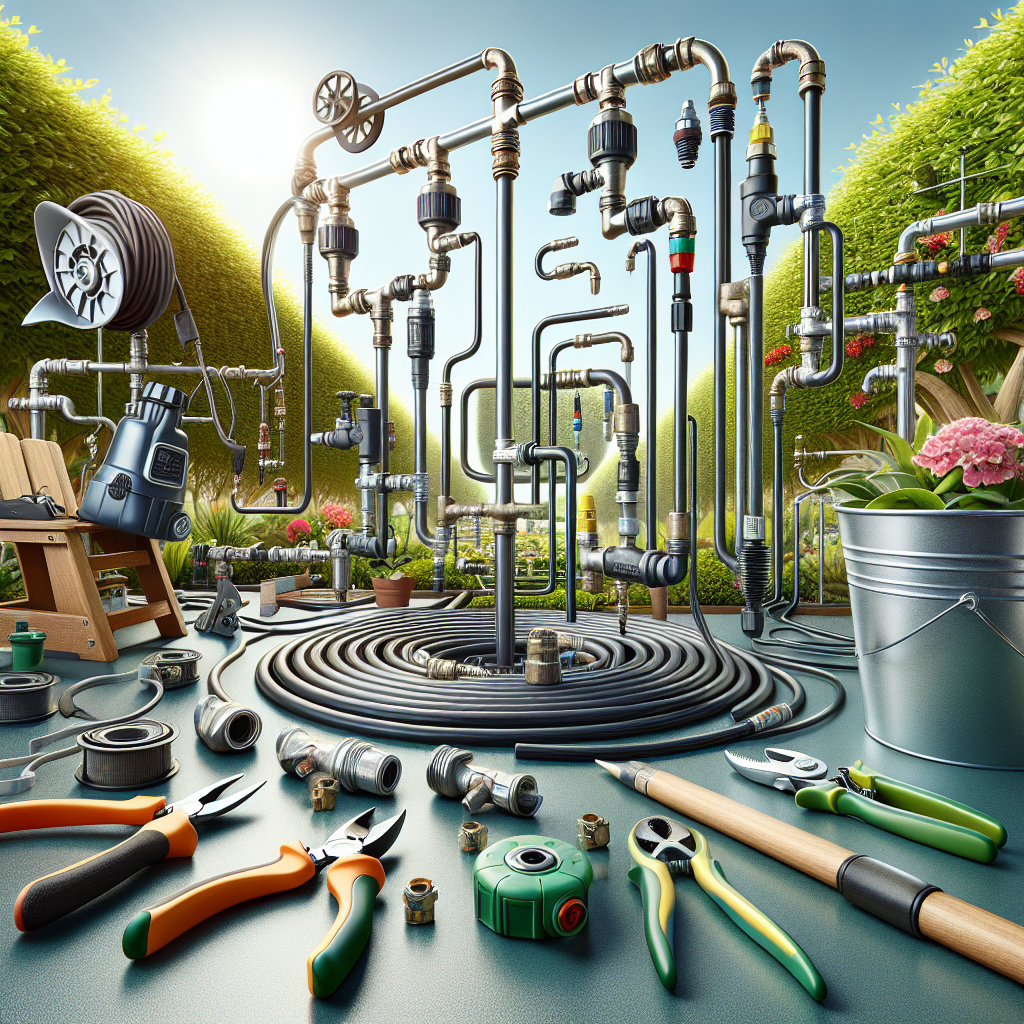Slow drip watering systems are a convenient and efficient way to keep your plants watered without wasting water. However, like any system, they require regular maintenance to ensure they continue to work properly. In this article, we will discuss the essential maintenance tasks you need to perform to keep your slow drip watering system in top condition.
First and foremost, it is important to regularly inspect your slow drip watering system for any leaks or clogs. Leaks can waste water and prevent your plants from getting the proper amount of water they need, while clogs can disrupt the flow of water and cause plants to become underwatered. Inspect all the hoses, connectors, and emitters for any signs of leaks or clogs and repair or replace any damaged components as needed.
In addition to inspecting for leaks and clogs, it is also important to regularly clean your slow drip watering system. Over time, dirt, debris, and mineral deposits can build up in the hoses and emitters, causing blockages that prevent water from flowing through the system properly. To clean your slow drip watering system, disconnect the hoses from the emitters and run clean water through them to rinse out any debris. You can also use a mild detergent or vinegar solution to help dissolve mineral deposits that may have built up.
Another essential maintenance task for your slow drip watering system is to regularly check the water pressure. Proper water pressure is crucial for ensuring that the emitters deliver water evenly and consistently to all of your plants. Use a pressure gauge to measure the water pressure at various points in the system and adjust it as needed by adjusting the flow control valves on your hose bibs or timer.
It is also important to regularly check the emitters on your slow drip watering system to ensure they are functioning properly. Emitters can become clogged with dirt or mineral deposits over time, causing them to malfunction or become blocked completely. Inspect each emitter individually for any signs of blockage or damage and clean or replace them as necessary.
Furthermore, it is important to adjust the watering schedule of your slow drip watering system based on the needs of your plants. Different plants have different watering requirements depending on factors such as their size, age, and type. Monitor your plants regularly for signs of overwatering or underwatering and adjust the frequency and duration of watering accordingly.
In addition to these essential maintenance tasks, there are also some tips you can follow to help prolong the life of your slow drip watering system:
– Protect your hoses from UV rays by covering them with mulch or placing them in shaded areas.
– Use a timer or moisture sensor to automate your watering schedule.
– Install a filter on your hose bibs or timer to remove sediment and other impurities from the water.
– Regularly check for pests such as ants or snails that may be attracted to moisture from your slow drip watering system.
By following these essential maintenance tasks and tips, you can ensure that your slow drip watering system continues to provide efficient and effective irrigation for your plants for years to come. Remember that regular upkeep is key when it comes to keeping any irrigation system running smoothly – so don’t neglect this important aspect of caring for your garden!













